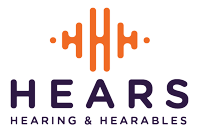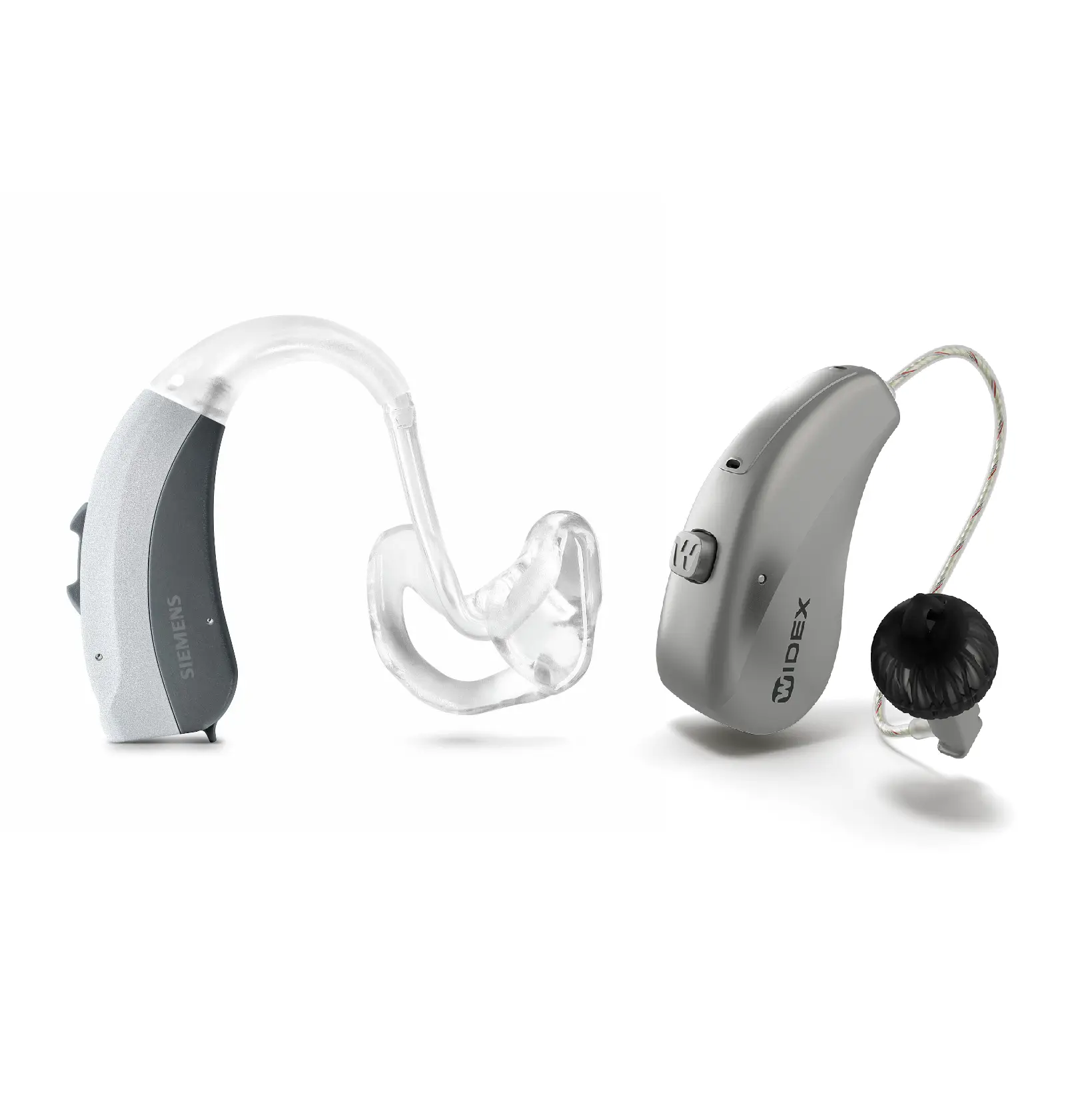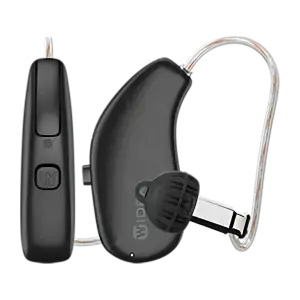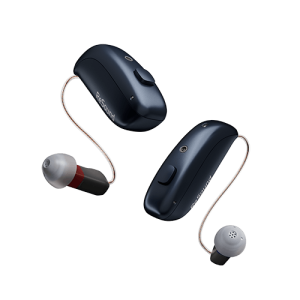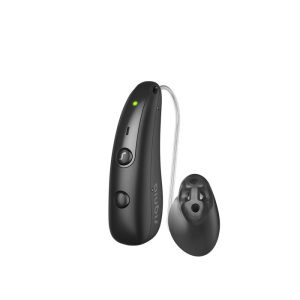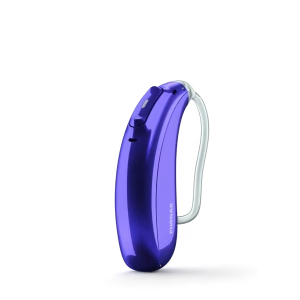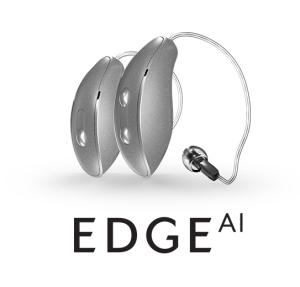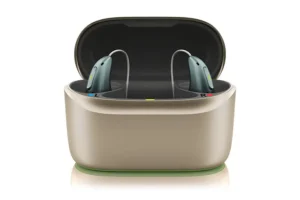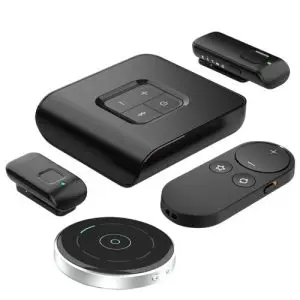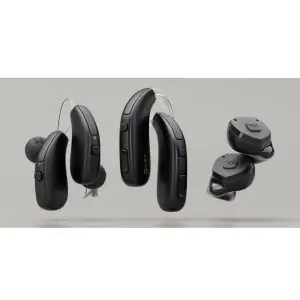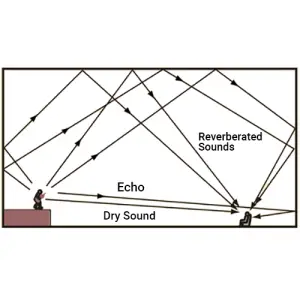RIC vs. BTE Hearing Aids: What’s the Difference, and Which One is Right for You?
If you’ve ever stepped into the world of hearing aids, you’ve likely come across two popular styles: Receiver-in-the-Canal (RIC) and Behind-the-Ear (BTE). At first glance, they might seem pretty similar, both sit behind your ear, and both can come with sleek, nearly invisible tubing or custom molds. However, under the surface (or, more accurately, inside your ear), these two styles are doing very different jobs. So let’s break down the differences between RIC vs BTE hearing aids in a way that’s both easy to understand and maybe even a little fun.
Where’s the Receiver?
The main difference between RIC and BTE hearing aids comes down to where the receiver (that’s the part that actually delivers the sound) is located.
- RIC (Receiver-in-the-Canal): Just like it sounds, the receiver lives in your ear canal. A thin wire connects the behind-the-ear part (which houses the microphone as well as the amplifier) to the receiver. This design allows for a smaller, as well as more discreet look and can often deliver clearer sound because it skips the tubing.
- BTE (Behind-the-Ear): In a traditional BTE however, the receiver stays in the body of the device behind your ear. Sound travels from the device through a slim tube or standard tubing into your ear canal. This style is known for being extra durable and is therefore, often the go-to choice for people with more severe hearing loss.
Tubing vs. Wiring: Why It Matters
In a BTE hearing aid, the sound has to travel from the receiver through a piece of tubing and then into your ear. While this works well, especially with a good fit, that longer acoustic path can slightly alter the sound quality, particularly for high frequencies.
RIC devices eliminate this problem by placing the receiver directly in your ear. With less distance for sound to travel and fewer barriers, RICs often produce a more natural sound experience, especially in the high tones.
No matter which style you choose, there’s a world of fitting options to make your hearing aid comfortable as well as effective:
- Custom Earmolds: These are made specifically for your ear shape and provide a snug, secure fit. They’re especially helpful for more severe hearing losses because they help “hold in” the amplified sound and prevent feedback (that annoying whistling sound).
- Slim Tubes with Molds: A more discreet alternative that still offers a custom fit.
- Stock Domes: These come in various sizes as well as styles.
Pro tip: The more powerful your hearing aid (or the more hearing loss you have), therefore the more important it is to use a standard or custom earmold to keep that sound sealed in and effective so you don’t lose sound or get feedback.
Which One is Right for You?
Choosing between a RIC and a BTE depends on your hearing needs, your lifestyle, and also your preferences. Here’s a quick cheat sheet:
|
Feature |
RIC |
BTE |
|
Receiver Location |
In the ear canal |
Behind the ear |
|
Sound Path |
Through wire |
Through tubing |
|
Sound Clarity |
Often more natural |
May slightly alter sound |
|
Custom Mold Option |
✅ Yes |
✅ Yes |
|
Power for Severe Loss |
Moderate |
High (great for profound loss) |
|
Discreetness |
Very discreet |
Slightly bulkier |
|
Durability |
Good |
Very durable |
The Bottom Line
Both RIC and BTE hearing aids are amazing devices that can be tailored to your unique hearing journey. With options for custom earmolds, slim tubes, and domes, today’s devices are more adaptable than ever. Whether you’re after crystal-clear sound or a super-powerful amplifier, there’s a style (and a fit) that’s perfect for you.
Need help choosing or customizing your hearing aids? We’re all ears, literally!
